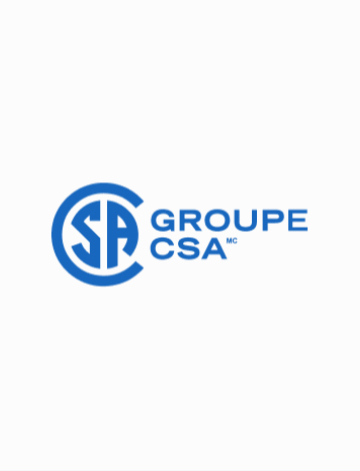CSA Preface
This is the first edition of IEEE Std 844.1™/CSA C22.2 No. 293.1, Standard for Skin Effect Trace Heating of Pipelines, Vessels, Equipment, and Structures—General, Testing, Marking, and Documentation Requirements, which is a harmonized Standard jointly developed by IEEE and CSA Group. It is one in a series of Standards issued by CSA Group under Part II of the Canadian Electrical Code.
Skin effect trace heating systems have been used for a number of years in the industry. Skin effect trace heating of pipelines, vessels, equipment, and structures in petrochemical as well as other industries is a growing portion of total heating requirements because of its advantages in heating long pipelines with temperature control.
This Standard should be used in conjunction with IEEE Std 844.2™/CSA C293.2, Standard for Skin Effect Trace Heating of Pipelines, Vessels, Equipment, and Structures—Application Guide for Design, Installation, Testing, Commissioning, and Maintenance.
Since skin effect trace heating systems are interrelated with electric power, control, and alarm systems, other standards, some of which are listed in Clause 2, should be referred to when using this Standard.
This Standard is considered suitable for use for conformity assessment within the stated scope of the Standard.
This Standard was reviewed for use in Canada by the CSA Integrated Committee on Trace Heating, under the jurisdiction of the CSA Technical Committee on Wiring Products and the CSA Strategic Steering Committee on Requirements for Electrical Safety, and has been formally approved by the CSA Technical Committee.
This Standard has been developed in compliance with Standards Council of Canada requirements for National Standards of Canada. It has been published as a National Standard of Canada by CSA Group.
Overview
1.1 General
This standard is divided into seven clauses that cover requirements for skin effect trace heating when installed in ordinary locations as well as in hazardous (classified) locations. Clause 1 provides the scope, purpose, and typical applications. Clause 2 lists normative references to other standards that are indispensable in applying this standard. Clause 3 provides definitions that are either not found in other standards or have been modified for use with this standard. Clause 4 establishes general system requirements for skin effect trace heating. Clause 5 provides both type and routine testing requirements for skin effect insulated conductors and other skin effect system components. Clause 6 covers marking requirements. Clause 7 details additional documentation requirements.
This standard also contains annexes. Annex A provides bibliographical references. Annex B provides additional requirements for installations that are in explosive atmospheres classified using the Division method of area classification. Annex C provides additional requirements in explosive areas classified using the Zone method of area classification. Annex D covers skin effect trace heating design verification methodologies.
1.2 Scope
This standard applies to general, testing, marking, and documentation requirements for skin effect trace heating systems rated up to and including 5 kVac and 260 °C maximum skin effect insulated conductor temperature. These heating systems are intended for installation in accordance with the CSA C22.1, Canadian Electrical Code, Part I (CE Code); NFPA 70, National Electrical Code® (NEC®) in the USA; or with any other national electrical installation code, as applicable.
This standard applies to skin effect trace heating systems intended to be installed in ordinary and hazardous locations. The hazardous locations include the following:
- In Canada: Zone 1; Zone 2; Zone 21; Zone 22; or Class I, Division 2; Class II, Division 2; Class III, Division 2 as described in CSA C22.1.
- In the USA: Class I, Zone 1; Class I, Zone 2; Zone 21 and Zone 22; or Class I, Division 2; Class II, Division 2; Class III, Division 2 as described in the NEC.
This standard also applies to termination assemblies and control methods used with skin effect trace heating systems.
NOTE 1—Requirements for certification at voltages above 5 kVac or skin effect insulated conductor insulation temperatures above 260 °C may be considered under a special investigation by an accredited certification body.
NOTE 2—Information on transformer, power distribution, and controls components can be found in IEEE Std 844.2/CSA C293.2.


